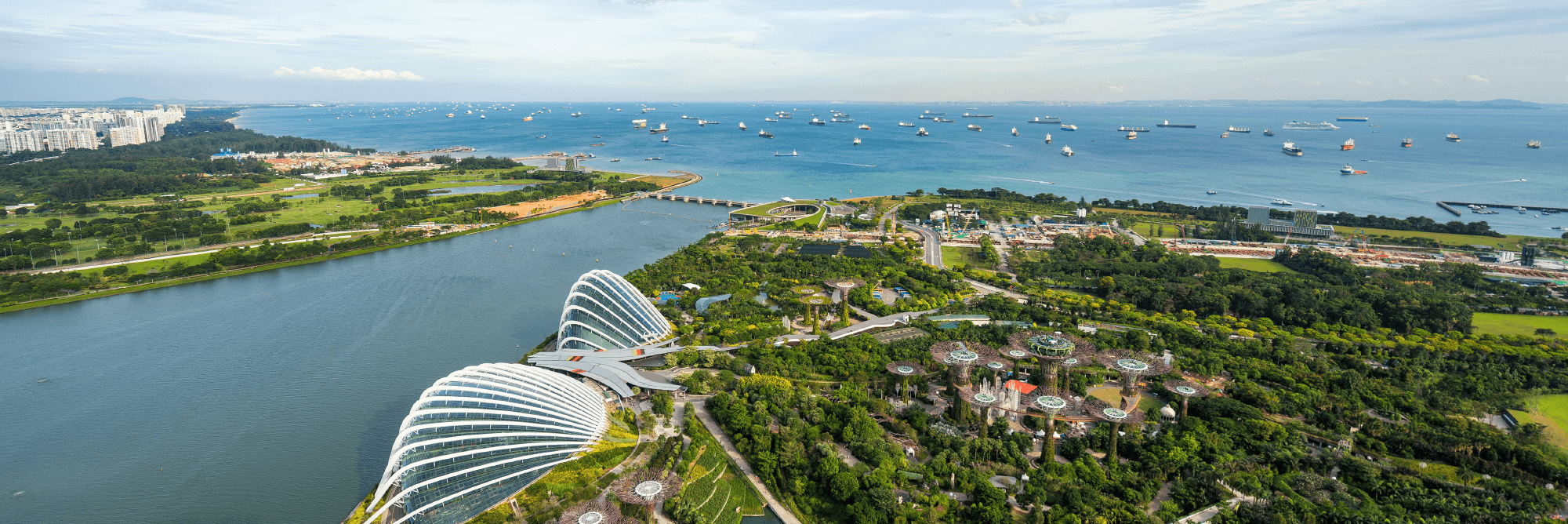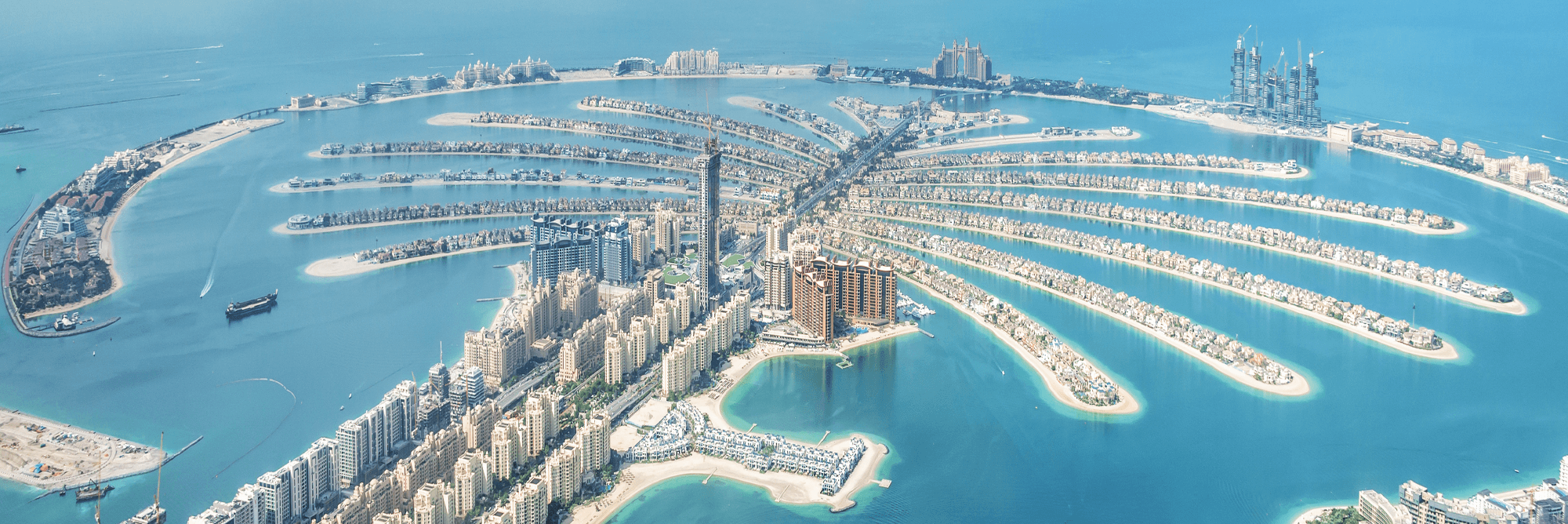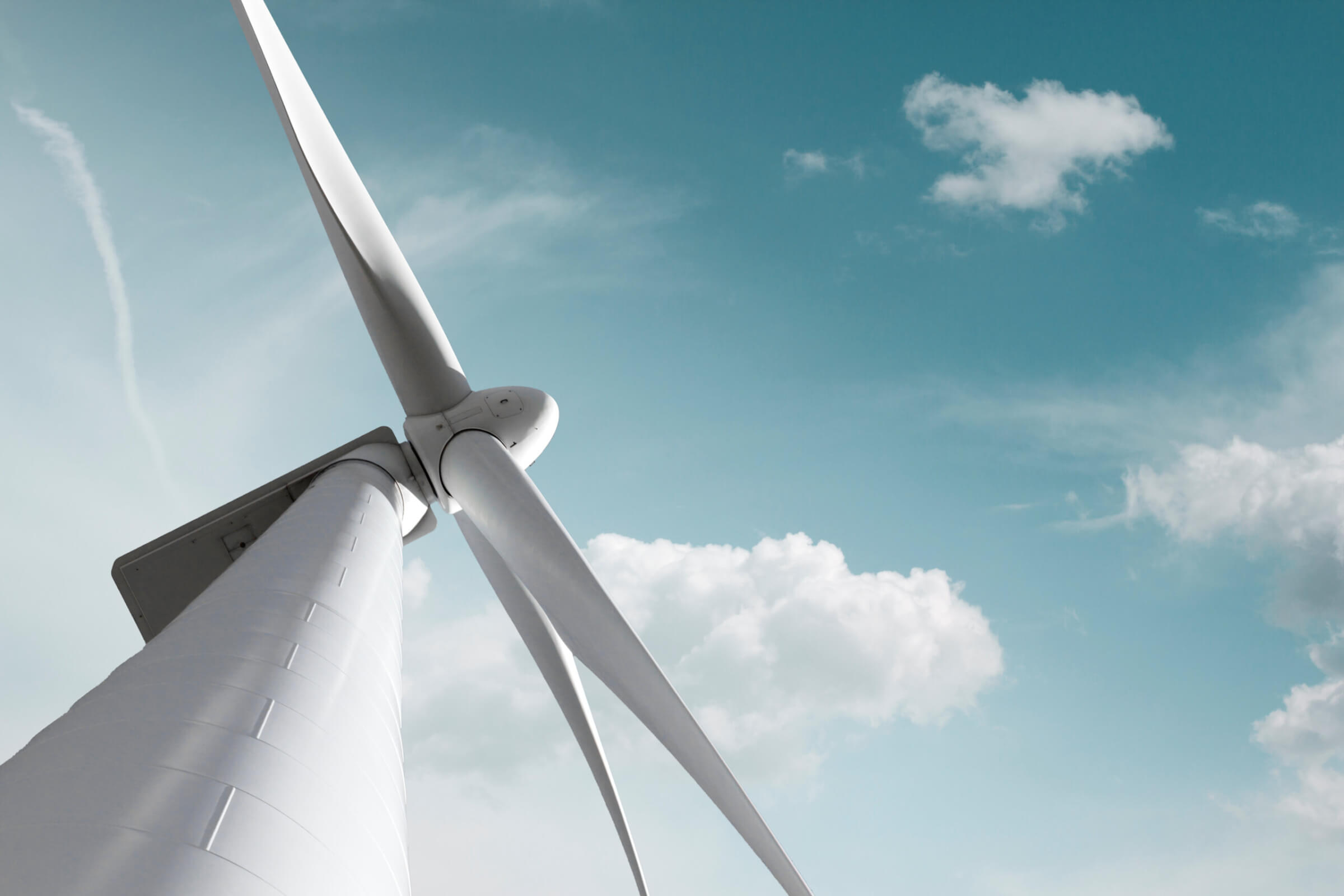The Burrow

With countries globally pledging to reach net zero emissions by 2050 – or some even sooner – the expansion of wind turbines is a key way to limit further climate change.1
As experts in helping Australians compare energy plans and find ways to reduce their carbon footprint at home, we investigated which nations best maximise their renewable energy generation today.
To do this, we indexed the current wind farm capacity and typical wind speed of each country to form an equally weighted ranking.
We studied a list of more than 60 countries; here’s what we found:
| Rank | Country | Operating Wind Farm Capacity (MW) | Typical Wind Speed (m/s) | Overall Index Score |
| 1 | United Kingdom | 26,606 | 10.18 | 9.44 |
| 2 | China | 342,693 | 8.93 | 9.21 |
| 2 | United States | 144,957 | 8.97 | 9.21 |
| 3 | Chile | 4,540 | 14.12 | 8.33 |
| 3 | Canada | 15,267 | 8.72 | 8.33 |
| 4 | Germany | 43,843 | 8.45 | 8.25 |
| 5 | Norway | 5,055 | 9.75 | 8.17 |
| 6 | Netherlands | 8,068 | 8.82 | 8.01 |
| 7 | Denmark | 4,635 | 9.30 | 7.93 |
| 8 | Sweden | 11,868 | 8.46 | 7.86 |
| 9 | Ireland | 3,935 | 10.11 | 7.85 |
| 10 | Argentina | 3,738 | 8.71 | 7.78 |
Data collected on 22 February 2024


Singapore ranked at the bottom of our index with no wind turbines currently operating. This is because its typical 4.34m/s wind speeds generally aren’t enough to power commercial wind turbines.3
Instead, about 95% of the city’s electricity generation comes from natural gas, which is a less carbon-intensive alternative.4,5

Cameroon has an operating wind farm capacity of just 100MW, with sub-par 5.83m/s wind speeds.
The Central African country’s electricity generation primarily consists of biofuels, crude oil and natural gas.6

The United Arab Emirates currently lacks any wind turbines and has 6.91m/s wind speeds.
Being one of the biggest crude oil producers globally, the Middle Eastern nation’s domestic energy sources are predominantly from oil and natural gas.7,8

Australia ranked 14th in our wind efficient countries index, with 11,525MW of operating wind farm capacity and above average 8.01m/s typical wind speeds.
However, Australia’s electricity generation mix is mainly from coal-fired power stations, followed by natural gas, solar, wind and hydroelectric.9
With 35.9% of Australia’s energy coming from renewable sources in 2022, major projects are underway to further expand the share – particularly using solar, wind and battery storage – to meet emissions reduction targets set by federal and state governments.10,11
Compare the Market Australia’s Head of Energy, Meredith O’Brien, said switching to renewable energy can be one way to save money in the long-term.
“There are a range of ways for your home or business to be more sustainably powered – including investing in solar panels, battery storage systems and even small wind turbines – which’ll pay off over time depending on your usage habits and system size,” Ms O’Brien said.
“Select electricity providers also offer plans with GreenPower accreditation by the federal government or carbon offset certificates for energy use.
“Some companies may apply an additional charge for these features. However, there are many offers available to customers that are competitively priced, so it pays to compare and save on essential electricity bills.”
Data is accurate as of 22 February 2024.
We took a list of 64 countries to rank the most wind efficient countries based on two factors:
Both metrics were indexed with a score of between 0 to 10, with the latter representing a better score for wind efficiency. These were then averaged to create an equally weighted overall index score out of 10 (rounded to the nearest two decimal place).
This study did not account for wind energy utilisation efficiency.
Additional sources: